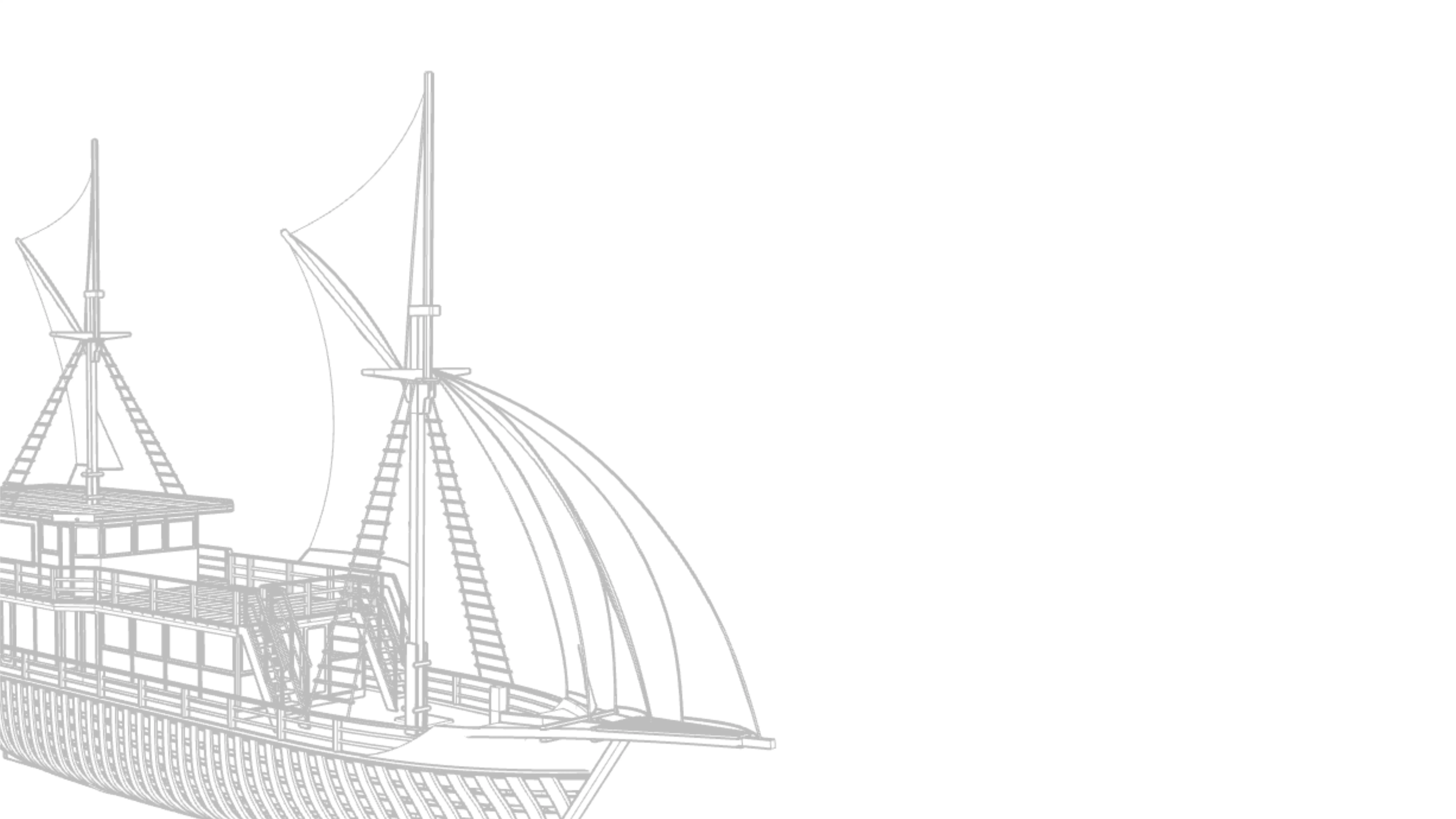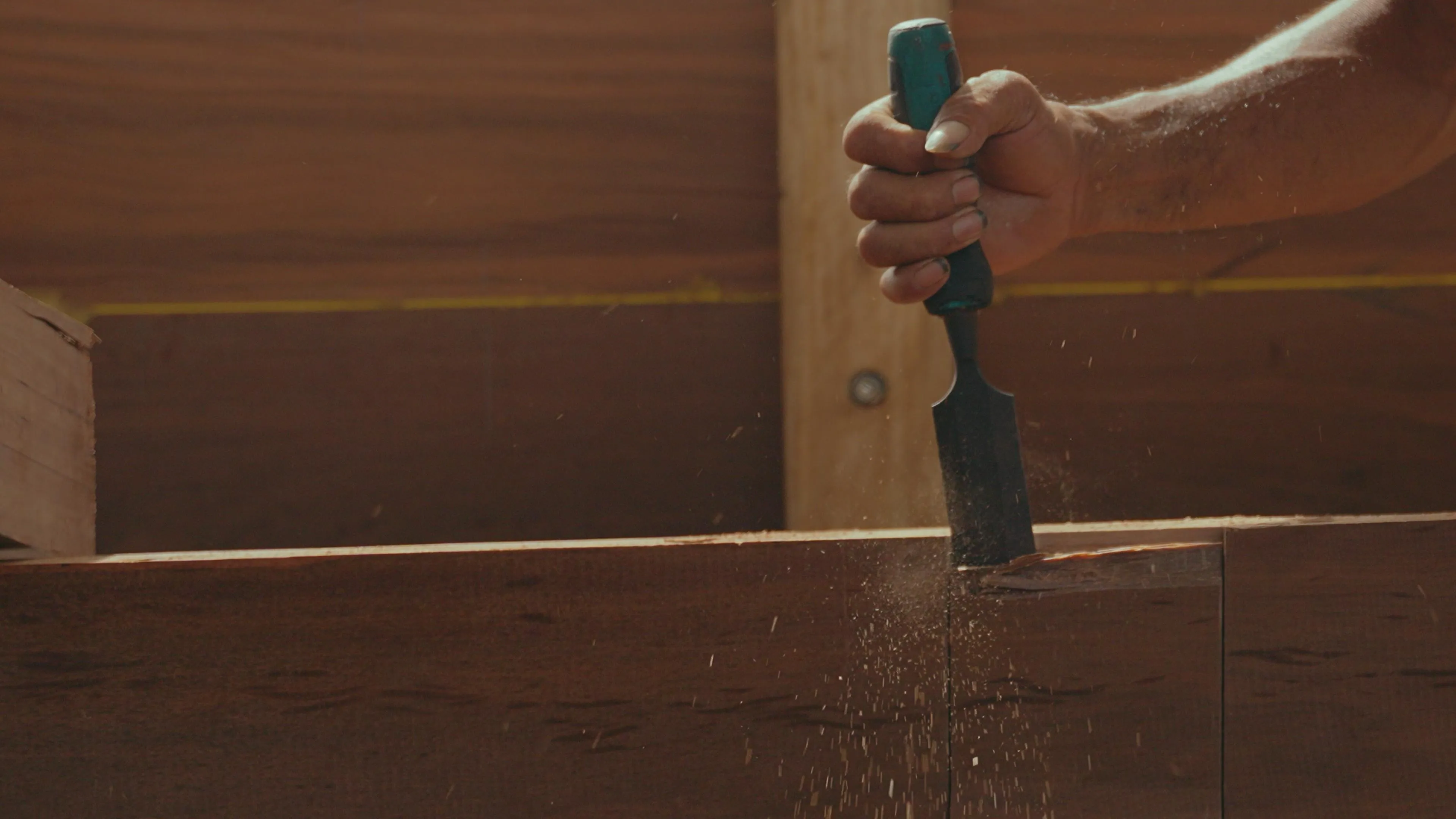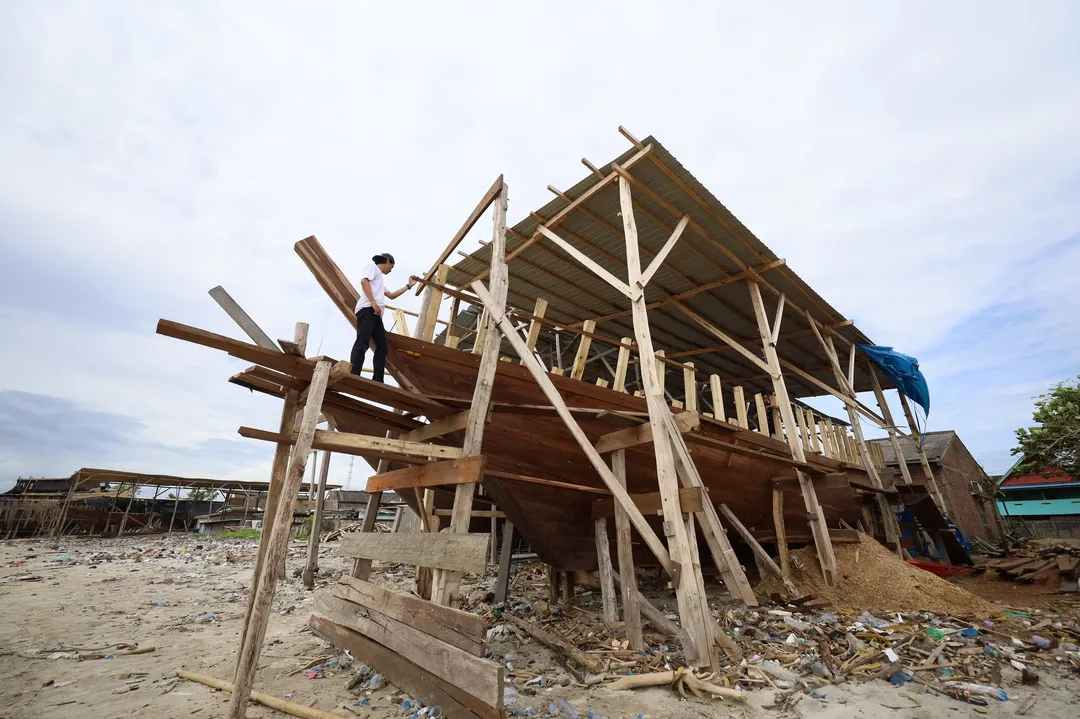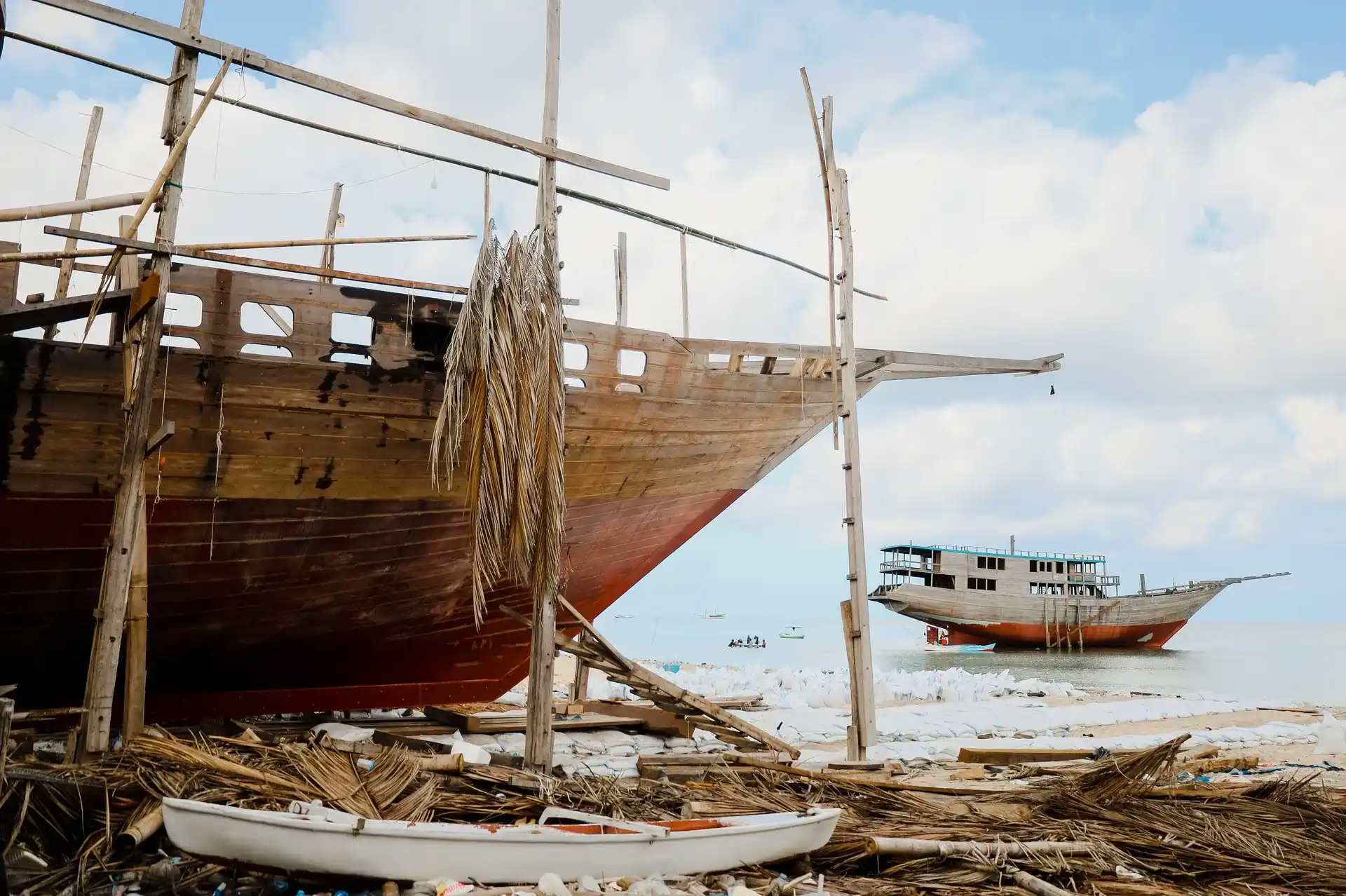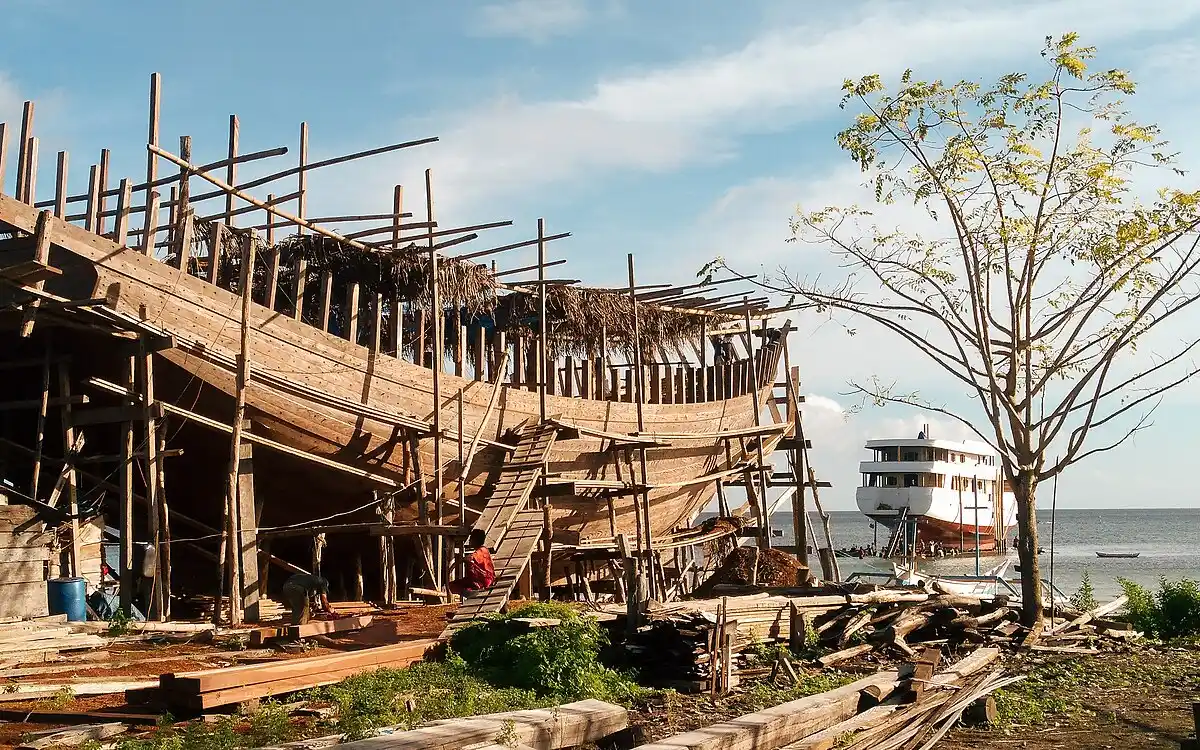5 Traditional Boats in Indonesia That Showcase Maritime Heritage
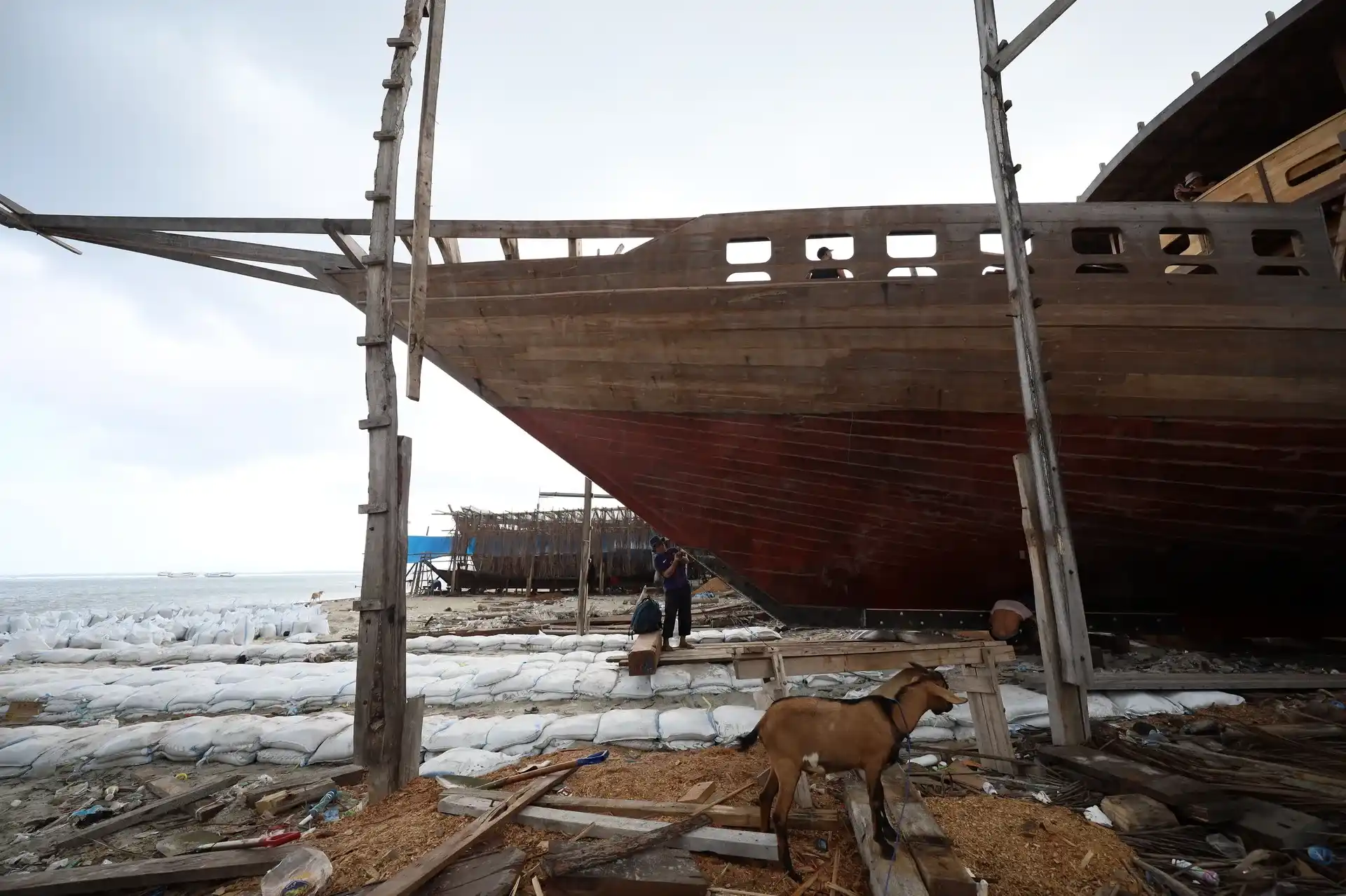
Indonesia is home to some of the most diverse and culturally rich traditional boats in the world. With thousands of islands and centuries of maritime history, traditional boats in Indonesia are more than just a means of transportation — they’re living symbols of heritage, craftsmanship, and local identity. From the majestic Phinisi to the speedy Sandeq, each boat tells a unique story about the community that built and sailed it.
Curious to learn more? Discover five remarkable traditional boats that showcase Indonesia’s proud maritime legacy in the article below.
Read Also: The History of Phinisi: World-Class Cultural Heritage of Bulukumba
5 Iconic Traditional Boats in Indonesia
Indonesia’s rich maritime culture is reflected in its iconic traditional boats, each crafted with local wisdom and distinct functions. From trade to travel, these vessels reveal the nation’s deep connection to the sea. Here are 5 traditional boats in Indonesia you should know.
1. Phinisi – The Legendary Schooner from South Sulawesi
The Phinisi is arguably the most famous traditional boat in Indonesia. Originating from the Bugis and Makassar people of South Sulawesi, the Phinisi was historically used for trade across the archipelago and even as far as Australia. Constructed by hand using ironwood and teak, these two-masted schooners are known for their distinctive design, combining beauty with functionality.
Phinisi boats are built using centuries-old techniques passed down through generations, involving spiritual rituals and community collaboration. Today, while modern versions of the Phinisi have been adapted into luxury yachts, they still retain the essence of their cultural roots. Recognized by UNESCO as part of Indonesia’s intangible cultural heritage, the Phinisi remains a symbol of maritime pride.
2. Jukung – The Outrigger Canoe of Bali and Beyond
The Jukung is a small, colorful outrigger canoe found in Bali, Lombok, and many parts of Eastern Indonesia. Traditionally made from hollowed-out logs and fitted with outriggers for balance, these boats are mainly used for fishing and short-distance travel.
One of the most iconic features of the Jukung is its triangular sail, often adorned with vibrant patterns that reflect local artistry. Despite their modest size, Jukungs are remarkably seaworthy, capable of navigating choppy coastal waters. In many coastal villages, these boats remain an integral part of daily life and are a common sight during sunrise and sunset.
3. Perahu Sandeq – The Speedster of West Sulawesi
Originating from the Mandar people in West Sulawesi, the Sandeq is a narrow, lightweight outrigger canoe famed for its speed and agility. It is one of the fastest traditional sailing boats in the world and was historically used for fishing, trading, and long-distance sea travel.
Built from strong local timber and equipped with a triangular sail, the Sandeq can travel hundreds of kilometers across open seas. It plays a central role in local regattas and cultural festivals, and its sleek design has inspired maritime enthusiasts and designers alike.
4. Kora-Kora – The War Canoe of Maluku
The Kora-Kora is a long, narrow war canoe originating from the Maluku Islands. Historically used during battles and ceremonial events, these boats could carry dozens of rowers and were often elaborately decorated with carvings and bright colors.
In modern times, the Kora-Kora continues to hold cultural significance and is prominently featured in traditional festivals, such as the annual Festival Kora-Kora in Ternate. These events serve as a celebration of unity and strength, showcasing the community spirit of the Maluku people.
5. Lancang – The Royal Barge of the Malay World
The Lancang is a traditional sailing vessel found in the eastern coast of Sumatra and parts of Riau and the Malay Peninsula. Originally used by Malay royalty and nobility, the Lancang features elegant curves, decorative carvings, and often a roofed structure on deck.
While it was once a symbol of power and prestige, the Lancang also served practical purposes for coastal navigation and river transport. Today, it is a prominent symbol in traditional ceremonies and regional emblems, preserving the royal maritime legacy of the Malay-Indonesian world.
Read Also: Best Ways to Get to Komodo Island from Singapore
Traditional Boat Construction Techniques and Materials
Traditional boatbuilding in Indonesia is a highly skilled craft involving hand tools, natural materials, and spiritual practices. Common woods include teak, ironwood, and bitti, prized for their durability and resistance to sea water. Builders often begin with rituals to honor the sea and seek blessings for safe journeys.
Techniques such as dowel joinery, hand-carving, and natural caulking materials are used to ensure both strength and flexibility. The construction process is communal, with knowledge passed through generations, creating a sense of shared identity and pride.
Preserving Indonesia’s Maritime Soul
In today’s world, many traditional boats face threats from modernization, mass production, and the decline of artisanal skills. However, efforts are being made to preserve these traditions. Boat races, cultural festivals, museum exhibitions, and eco-tourism have helped bring renewed attention to traditional boats.
For example, the revival of the Phinisi in luxury tourism has provided economic opportunities while preserving cultural knowledge. Boatbuilding schools and documentation initiatives are also playing a role in safeguarding this heritage.
Keeping Indonesia’s Maritime Legacy Alive
Traditional boats in Indonesia are more than just watercraft — they are cultural icons that reflect the nation's deep maritime heritage, skilled craftsmanship, and ancestral wisdom. From the majestic Phinisi to the swift Sandeq, each vessel tells a story of the communities that built and sailed them for generations.
In today’s modern world, these boats continue to symbolize identity, sustainability, and resilience. Their continued presence in festivals, tourism, and local economies shows that tradition can evolve without losing its soul.
Read Also: The Timeless Elegance of the Indonesian Phinisi: Where Heritage Meets Luxury
Discover the Art of Traditional Boatbuilding with Riara Marine
Curious about how these remarkable boats are built? At Riara Marine, we preserve Indonesia’s boatbuilding heritage by combining time-honored techniques with sustainable practices. Whether you're looking to build a custom Phinisi or want to explore our handcrafted fleet, Riara Marine is your trusted partner in bringing maritime dreams to life.
Contact us today to learn more about traditional boat construction or to start your own project with the expert artisans at Riara Marine.
